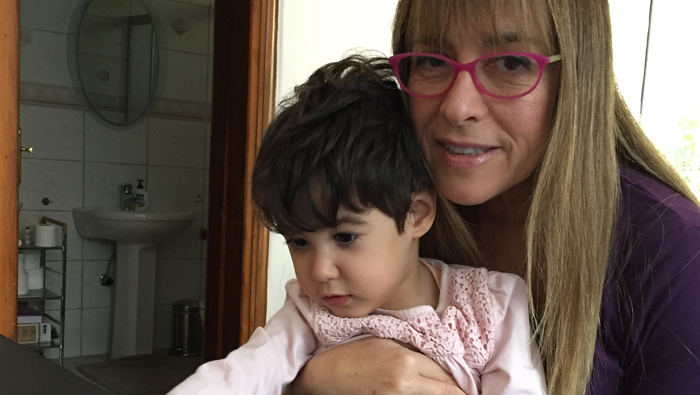The following are the questions you should ask yourself about the help your child is receiving.
1. Does he enjoy the sessions?
2. Does he cry when the therapist appears?
3. Is there carryover at home, meaning does the therapist give you concrete home exercises that you can replicate throughout your day?
4. Did my child learn to meet all of the gross motor milestones, or did they skip some?
Remember, your child should enjoy the physical therapy sessions. If the practitioner knows how to connect, and engage your child in a way that sparks his interests he can make progress. If your baby, toddler or child cries or fusses at each session, chances are he won’t make positive changes. Many times there is normal stranger anxiety, but this should abate by the third or fourth time. Also, with older children who have difficulty participating, encouraging them with a special treat or privilege works far better than threatening them with the loss of something they love.
Our job as pediatric therapists is to fully engage the child in all activities we are teaching them. Simply passively moving them through space won’t engage their own brains to have new connections to perform these new tasks on their own. Passive range of motion does not mitigate new flexibility. Putting children into a position, won’t teach him how to do this new task.
Above all, keep track of their progress. It they couldn’t roll a few months ago, can they now. Can they come up to sit on their own? Are they belly crawling forwards and backwards? Can they creep on hands and knees? Are they making smooth transitions? If not, are the providers making recommendations for other tests and interventions. It is important to have therapy with a very highly qualified therapist with many years of experience. Ages 0-3 years old are the most crucial time to make advances in motor development. Don’t skimp on their treatment now. Imagine what you’ll be paying for college in 16 years. It will be more difficult to attain if their progress is slow due to incompetent therapists.

